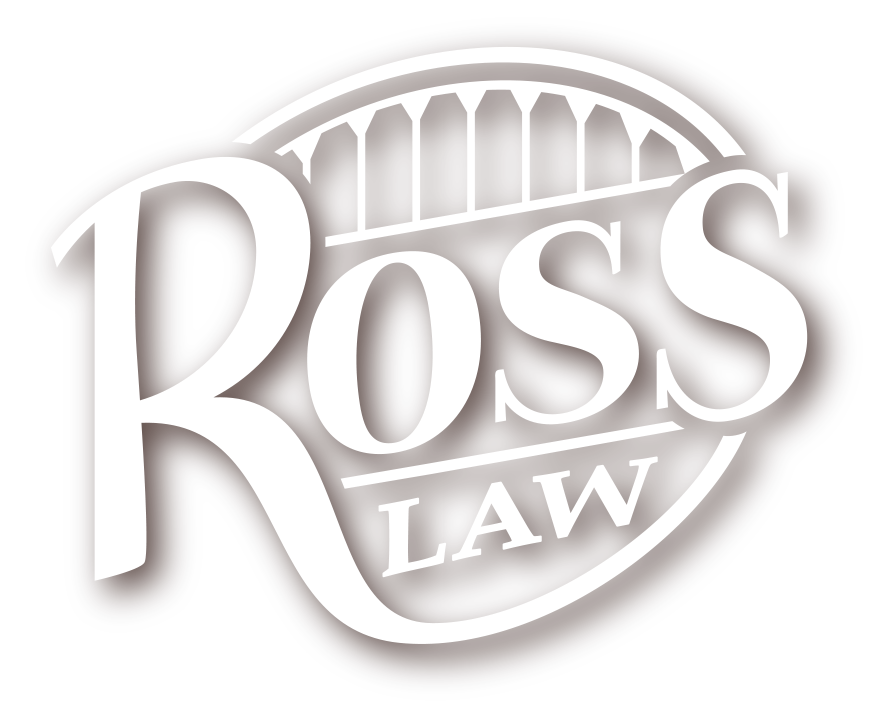Hospital falls are all too common these days. These falls can be devastating to the patient. Hospital falls often add significant time to the hospital stay, can interfere with the rehabilitation of the condition the patient is hospitalized for, and it can be financially crippling. Many times the patient will feel responsible for the fall because the patient does not understand the rules and policies that are meant to prevent falls.
Fall Risk
〰️
Fall Risk 〰️
The hospital staff is 100% responsible for preventing falls. This is one of a nurse’s and CNA’s (Certified Nursing Assistant) primary functions. This is because patient falls resulting in serious injury (including “any fracture”) are “sentinel events.” These sentinel events are events that should not happen because they are entirely preventable in a hospital setting.
The Joint Commission noted that sentinel events are usually caused by various factors including, but not limited to, “communication failures, lack of adherence to protocols or safety practices, inadequate staff orientation, supervision, staffing levels, and a lack of leadership.”
Sentinel events are also called “never events” by the National Quality Forum. The National Quality Forum notes that “patient death or serious injury associated with a fall while being cared for in a healthcare setting” should “never” happen. This is because hospital falls are entirely preventable.
The Leapfrog Group is an organization that maintains data regarding patient safety in a particular hospital and also provides resources and tools. Numerous Hostpitals are members of The Leapfrog Group. The Leapfrog Group affirms, “Some mistakes in the hospital are so egregious that they are referred to as never events.” As a result of these events, Leapfrog requested hospitals to commit to nine actions if a “never event” occurred: 1) Apologize to the patient, 2) Report the event, 3) Perform a root cause analysis, 4) Waive Costs directly related to the event, 5) Provide a copy of the hospital’s policy on never events upon request, 6) Involve patients in the root cause analysis when willing to participate, and three additional actions.
Additionally, the Centers for Medicare & Medicaid Services (CMS) noted “never events” are “serious and costly errors in the provision of healthcare services and should never happen.” Medicare will not issue payment for treatment associated with a “never event.” In short, in-patient hospital falls only happen if a hospital is negligent, so Medicare is not going to pay for the hospital’s mistake and the patient should not have to pay either.
This may seem harsh, but it is easy to prevent these serious injuries. Hospitals have fall risk assessment tools to determine who is a high fall risk and who will need additional assistance. These are routinely given and are easy to do. Additionally, things like “bed alarms” and “bed rails” are intended to ensure hospital staff is alerted when a fall-risk patient leaves the bed. Hospital staff is usually required to designate the patient as a fall risk and identify them by using a wristband or writing it on the whiteboard in the hospital room. Hospital staff is typically required to stand near a high-risk fall patient and be ready to assist them if the patient is walking (ambulating). Hospital staff is typically required to have the door open and be in a position to assist the patient off the toilet when the patient is a high fall risk. Hospital staff must communicate effectively to ensure the patient understands they are a fall risk. These are just a few things most hospitals can easily do to prevent falls. That is why these “Sentenial Events” should not occur.
If you or someone you know has been injured in a Hospital Fall, call Ross Law at 503.224.1658 to discuss your legal options. Jeremiah Ross has held Hospitals responsible throughout the State of Oregon for failing to do their job to prevent patients from falling. Please remember that this blog article is for informational purposes only and policies, laws, and guidelines can change. Do not rely solely on this post to determine who is responsible for a hospital fall.






